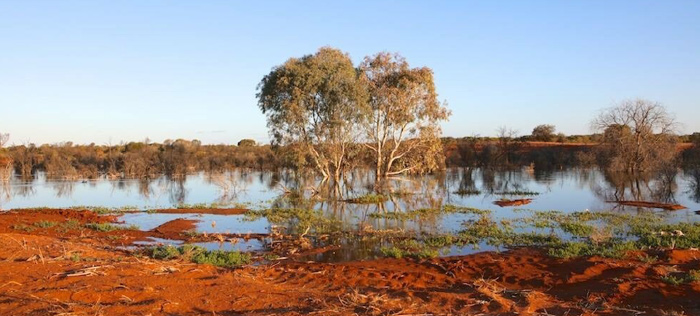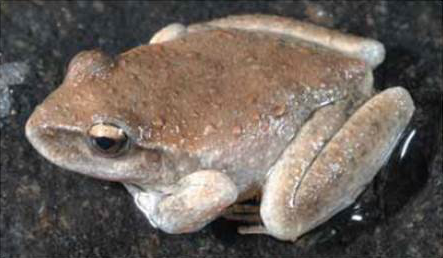Landholders and wildlife refuges
White Leeds Station – managing and protecting ecosystems in the far west NSW
Owned by Margaret Mc Bride and Steve Radford, White Leeds Station is a 10,000 hectare property near Broken Hill. At the time, Margaret and Steve purchased the property a large portion of the land was significantly degraded. However, over time Margaret and Steve restored the land through developing infrastructure and implementing management practices that initially prevented further degradation and aimed to remediate and improve the quality of the environment and ecosystems.
With the assistance of grants, vigilant planning and infrastructure developments, Margaret and Steve diverted treated effluent water and stormwater on their property to an artificial wetland system creating a rich ecosystem to ensure a permanent refuge for wetland fauna. The creation of the wetlands aims to:
- Create a legacy for future generations,
- Restore and maintain natural water ways and expand the wetland environment,
- Maintain and conserve ecosystems,
- Protect the regions natural environment,
- Provide a safe habitat for endangered species,
- Enhance partnerships with key stakeholders,
- Actively pursue and develop relationships with education, conservation and research institutions, and
- Develop educational and training opportunities to share the unique Arid Zone Wetland experience.
Today, these wetlands sustain a haven for the worlds endangered and threatened species.

Image: White Leeds Wetlands, Broken Hill
Source: White Leeds Wetlands (Facebook)
Kooyong Wildlife Refuge – helping to restore habitat for the Booroolong Frog
The Kooyong Farm is a family farm run by Robert Cox and his family. The farm is a Wildlife Refuge and is located near Tumbarumba NSW and lies within the Summit to Slopes area of the Great Eastern Ranges, a narrow band from Kosciuszko National Park to Albury.
With the aim to leave their property in a better condition that it was inherited, Rob and his family commenced the hard work of removing weeds along Mannus Creek which flows for several kilometres through the Property. The creek line had degraded over time and was heavily infested with weeds such as Willows and Blackberries.
Through a government funding scheme, Robert received assistance for his long-term rehabilitation project to help remove weeds along Mannus Creek. The removal of the weeds was in return helping restore breeding habitat for the Booroolong Frog Litoria booroolongensis.
The Booroolong frog is a critically endangered frog. The species which was once prevalent in most streams flowing west of the Great Dividing Range, now only exists in a handful of locations, with the majority in agricultural landscapes. With the assistance of landholders like Rob and his family and their farm management, their Kooyong Wildlife Refuge will potentially restore and maintain the survival of the Booroolong frog along Mannus Creek.

Image: Booroolong frog, Photo: DECC
